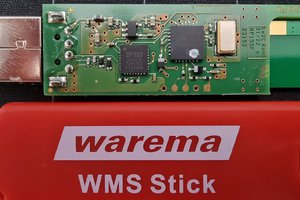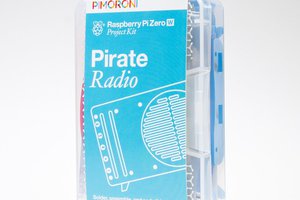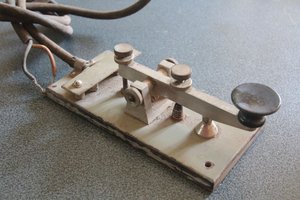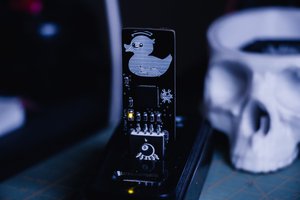The PCB was designed with KiCAD and fabricated by JLCPCB. Components are all SMD except for the key-switches, LEDs, USB-C connector and ISP header.
Firmware was coded in C and drew from Dean Camera's LUFA library.
The "enclosure" consists of a spotted gum frame cut with a roman ogee router bit and a clear plexi base. The spotted gum was chosen to match the base of another project that I use to control PC volume.
The brightness control tact switch can be accessed through the plexi base.
I tried out a few key-caps as seen in the photos - some chrome arrow caps transparent caps, blank black caps and black shine-through media keys which I ultimately settled on.
The keys are configured by modifying the keymap.c file in the source code. A few example configurations can be seen here.
 clewsy
clewsy


 rafii6312
rafii6312
 Zicmama
Zicmama
 Timescale
Timescale
 CiferTech
CiferTech
Hi. I read about your project and it's great and inspiring! :) I would like to follow your footsteps in this mattter but I would like to make 12 keys of such shortcuts. I don't know if it's worth it but I thought about putting arduino bootloader on it or even change atmega to esp8266 with micropython on it but I'm not sure if it's worth it (or maybe in future versions, like with BLE). This is such as inspiring project. Also, what key caps did you use? Do you have a place where it can be custom made?